Home>diy>Building & Construction>What Is A Construction Defect
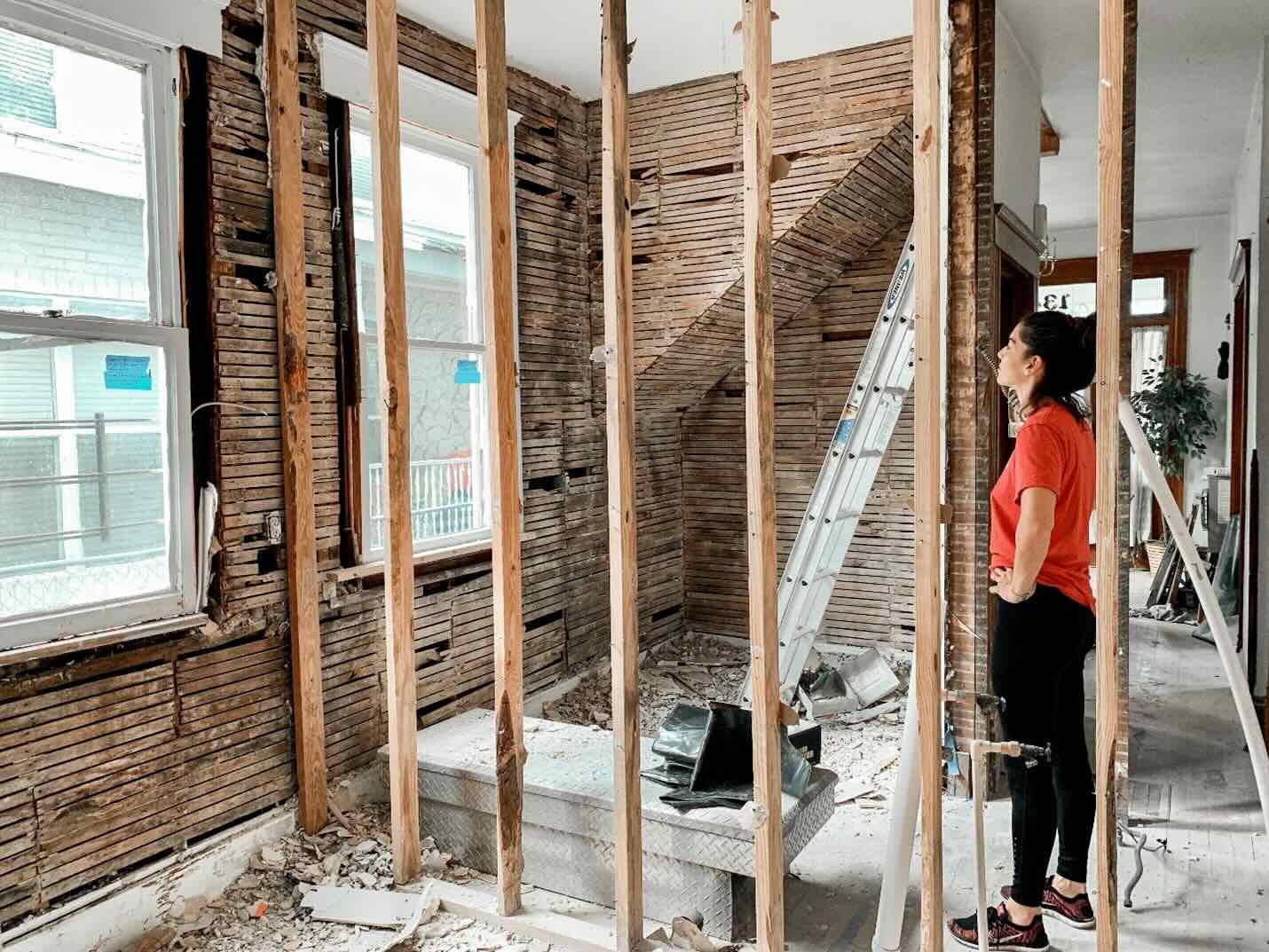

Building & Construction
What Is A Construction Defect
Modified: January 6, 2024
Learn about common construction defects and their impact on building construction. Gain insights into identifying and addressing issues to ensure quality outcomes.
(Many of the links in this article redirect to a specific reviewed product. Your purchase of these products through affiliate links helps to generate commission for Storables.com, at no extra cost. Learn more)
Introduction
Welcome to the world of construction, where buildings come to life and dreams turn into reality. The construction industry is an intricate ecosystem of architects, engineers, contractors, and suppliers working together to create structures that serve the needs of society. However, not all projects go smoothly, and sometimes, construction defects can arise.
Construction defects refer to any flaws or deficiencies in the design or construction of a building or structure that can affect its performance, safety, or integrity. These defects may manifest in various forms, ranging from minor cosmetic issues to major structural failures. Understanding what constitutes a construction defect and its potential consequences is crucial for all stakeholders involved in the construction process.
In this article, we will explore the different types of construction defects, the common causes behind them, as well as the impact they can have on buildings and individuals. We will also delve into the identification and resolution of construction defects, legal implications, remedies, and finally, strategies for preventing these issues from occurring in the first place.
Whether you are a homeowner, a contractor, or a building professional, having knowledge about construction defects can help you navigate the complexities of the construction industry and ensure the successful completion of your projects.
Key Takeaways:
- Construction defects encompass a wide range of issues, from structural deficiencies to water intrusion, and can have significant impacts on safety, finances, and legal liabilities. Preventive measures and prompt resolution are crucial for successful construction projects.
- Identifying, resolving, and preventing construction defects requires a collaborative and proactive approach, including thorough planning, strict quality control, adherence to building codes, and effective communication. Legal implications and remedies must also be understood to protect the interests of all parties involved.
Read more: What Is Construction Defect Litigation
Definition of Construction Defects
Construction defects can be broadly defined as deficiencies or shortcomings in the design, materials, or workmanship of a building or structure that deviate from the intended purpose or expectations. These defects can arise at any stage of the construction process, from initial design and planning to the final construction and even after the completion of the project.
Construction defects can encompass a wide range of issues, including but not limited to:
- Structural deficiencies: This refers to defects that affect the stability or load-bearing capacity of a building, such as inadequate foundations, faulty framing, or structural cracks.
- Water intrusion: Water leakage or moisture problems resulting from faulty waterproofing, improper flashing, or inadequate drainage systems can lead to mold, rot, and other serious issues.
- Defective plumbing or electrical systems: Faulty installation or poor quality materials can lead to issues with plumbing pipes, electrical wiring, or fixtures, causing leaks, electrical shocks, or fires.
- Improper installation: This includes errors or negligence during the installation of elements like windows, doors, siding, roofing, or flooring, resulting in gaps, air infiltration, or uneven surfaces.
- Code violations: Failure to comply with building codes and regulations can result in construction defects, posing safety hazards or affecting the overall functionality of the building.
- Design errors: Flaws or oversights in the architectural or engineering design, such as inadequate structural calculations or improper space planning, can lead to construction defects.
- Material defects: The use of substandard or defective materials can result in premature deterioration, discoloration, or failure of building components.
It’s important to note that construction defects can be latent (hidden) or patent (obvious). Latent defects may not become apparent until months or years after the completion of the construction, while patent defects are visible or noticeable from the outset.
Construction defects are not limited to residential buildings; they can also occur in commercial, industrial, and infrastructure projects. Understanding the various types of construction defects is essential for effectively identifying, addressing, and preventing these issues.
Types of Construction Defects
Construction defects can take on various forms, each with its own potential implications and consequences. Here are some of the most common types of construction defects:
- Structural Defects: This type of defect pertains to issues with the stability, strength, or load-bearing capacity of a building. It can include problems with foundations, inadequate framing, or structural cracks. Structural defects can compromise the safety and longevity of a structure and require immediate attention.
- Water Intrusion: Water intrusion is one of the most prevalent and damaging types of construction defects. It occurs when water penetrates the building envelope, leading to issues such as mold, rot, and deterioration. Faulty waterproofing, improper flashing, or inadequate drainage systems are common causes of water intrusion.
- Plumbing and Electrical Defects: Defective plumbing or electrical systems can cause significant issues. Poor installation, insufficient insulation, or substandard materials can result in leaks, pipe bursts, electrical shocks, or fire hazards. Inadequate wiring can also lead to power outages or improper grounding.
- Finishing Defects: Finishing defects encompass various cosmetic issues that affect the appearance of a building. This includes uneven or poorly installed flooring, cracks in walls or ceilings, improper paint application, or defects in fixtures and fittings. While these defects may not impact the structural integrity, they can impact the aesthetics and overall appeal of the building.
- Site and Grading Issues: Construction defects can also occur due to problems related to site preparation and grading. Poor soil compaction, inadequate drainage, or improper slope grading can result in issues such as foundation settlement, soil erosion, or water pooling around the structure.
- Material Defects: The use of inferior or substandard materials can lead to various construction defects. This includes compromised structural components, premature deterioration, discoloration, or failure of building elements like roofing, siding, windows, or insulation. Material defects can arise due to poor quality control, improper storage, or improper handling during construction.
- Design Deficiencies: Design errors or deficiencies can result in construction defects. This includes issues such as inadequate structural calculations, improper space planning, inefficient HVAC systems, or insufficient lighting. Design defects can significantly impact the functionality and usability of a building.
These are just a few examples of the types of construction defects that can occur in a building or structure. It’s important to be vigilant and address any defects promptly to mitigate potential safety risks, financial implications, and legal complications.
Common Causes of Construction Defects
Construction defects can arise from various factors and can be attributed to a combination of design, construction, and human error. Understanding the common causes behind these defects is crucial for preventing their occurrence. Here are some of the most common causes of construction defects:
- Poor Workmanship: One of the leading causes of construction defects is poor workmanship. This includes negligence, lack of attention to detail, and inadequate supervision during the construction process. Mistakes made during the installation of building components, improper techniques, or shortcuts can result in a variety of defects.
- Inadequate Design: Defects can occur when there are flaws or oversights in the architectural or engineering design. Inadequate structural calculations, improper space planning, or design errors can lead to issues such as structural instability, inadequate airflow, or poor functionality.
- Substandard Materials: The use of substandard or defective materials can contribute to construction defects. Inferior quality materials may not meet the required standards or have a shorter lifespan, leading to premature deterioration, discoloration, or failure of building components.
- Lack of Quality Control: Insufficient quality control measures during the construction process can result in defects. This includes inadequate inspections, lack of adherence to building codes and regulations, or failure to follow industry best practices. Without proper quality control, defects can easily go unnoticed and escalate into larger issues.
- Poor Project Management: Inefficient project management can have a significant impact on the occurrence of construction defects. Inadequate communication, lack of coordination, or mismanagement of resources can lead to errors and oversights in the construction process. Clear communication, proper planning, and effective project management are essential to minimize the risk of defects.
- Environmental Factors: Natural disasters, extreme weather conditions, and environmental factors can contribute to construction defects. For example, earthquakes, hurricanes, or flooding can cause structural damage or compromise the integrity of the building. Integrating appropriate design and construction techniques that account for these factors can help mitigate potential defects.
- Improper Maintenance: Neglecting proper maintenance and routine inspections can exacerbate defects over time. Regular maintenance is crucial to identify and address issues before they escalate. Failure to address maintenance issues can result in further damage and expensive repairs down the line.
It is important for all parties involved in the construction process to uphold high standards of workmanship, careful planning, and meticulous attention to detail. By addressing these common causes, stakeholders can significantly reduce the occurrence of construction defects and ensure the successful completion of projects.
Impact of Construction Defects
Construction defects can have wide-ranging impacts on both the physical structure and the individuals involved. Understanding these potential consequences is crucial for all stakeholders in the construction process. Here are some of the key impacts of construction defects:
- Safety Hazards: Construction defects can compromise the safety of building occupants. Structural defects, electrical issues, or water intrusion can lead to accidents, collapses, electrical shocks, or fires. These hazards can result in injuries or even loss of life, making it essential to promptly identify and address defects to ensure the safety of occupants.
- Reduced Property Value: Construction defects can significantly reduce the value of a property. Defects such as water damage, structural problems, or poor workmanship can lower the marketability and attractiveness of a building. Potential buyers or tenants may be deterred from investing in or renting a property with known defects, resulting in financial losses for the property owner.
- Financial Consequences: Construction defects can have significant financial implications. Owners may be faced with hefty repair costs to rectify the defects and bring the building up to standard. In some cases, legal fees, expert consultations, and litigation costs may also be incurred if disputes arise between parties involved. Additionally, builders and contractors may face reputational damage and the potential loss of future business opportunities.
- Legal Liability: Construction defects can lead to litigation and legal disputes among the parties involved. Owners may file claims against contractors, architects, or subcontractors to seek compensation for damages and repairs. Conversely, builders may be subject to liability for the defects, requiring them to remediate the issues or provide financial compensation. Resolving construction defect disputes through legal channels can be time-consuming, costly, and can strain professional relationships.
- Health Issues: Certain types of construction defects can have adverse health effects on occupants. Water intrusion, mold growth, or poor indoor air quality resulting from faulty materials or construction can lead to respiratory issues, allergies, or other health problems. Addressing these defects is crucial for maintaining a healthy and comfortable living or working environment.
- Disruption and Inconvenience: Construction defects can cause significant disruption to the daily lives of building occupants. Repairs, inspections, or litigation proceedings can require occupants to temporarily vacate the premises or adjust their routines. This disruption can lead to inconvenience, stress, and additional expenses for the affected individuals.
Overall, construction defects can have far-reaching consequences, impacting the safety, financial well-being, and quality of life for building occupants and stakeholders. Timely identification, resolution, and prevention of construction defects are essential to mitigate these potential impacts and ensure the successful completion and long-term sustainability of construction projects.
When purchasing a new construction property, be sure to thoroughly inspect for any construction defects such as faulty wiring, plumbing issues, or structural problems. It’s important to address these issues before purchasing to avoid costly repairs in the future.
Read more: How To Tell If A Smoke Detector Is Defective
Identifying and Resolving Construction Defects
Identifying and resolving construction defects is a critical process that requires careful observation, documentation, and collaboration among all stakeholders. Here are the key steps involved in identifying and resolving construction defects:
- Visual Inspection: Regular visual inspections of the building are essential to identify any visible signs of defects. This includes cracks, water stains, uneven surfaces, or other anomalies that may indicate underlying issues. Inspections should cover all areas of the building, both interior and exterior.
- Documenting Defects: Thorough documentation of the identified defects is crucial for a proper assessment and resolution. This includes taking photos, videos, or written descriptions of the defects, noting their location and severity. It is also important to keep a record of any related maintenance or repair work performed.
- Consulting Experts: In complex cases or when the cause of a defect is unclear, it may be necessary to consult with experts such as structural engineers, architects, or specialized consultants. These professionals can assess the defects, determine their root causes, and recommend appropriate remedies.
- Communication and Collaboration: Effective communication and collaboration among all parties involved are crucial for resolving construction defects. Owners, contractors, subcontractors, and designers must work together to understand the nature of the defects and develop a plan for their resolution. Clear and open communication helps ensure that everyone is on the same page and facilitates a smoother resolution process.
- Implementing Repairs: Once the defects have been identified and their causes understood, appropriate repair measures can be implemented. This may involve fixing structural issues, repairing plumbing or electrical systems, sealing water intrusion points, or replacing faulty materials. Repairs should be carried out by qualified professionals using quality materials and proper construction techniques.
- Verifying Repairs: After the repairs are completed, it is essential to verify their effectiveness and ensure that the defects have been adequately addressed. Post-repair inspections and testing can help determine if the repairs were successful and if any additional steps are needed to fully resolve the issues.
- Preventing Future Defects: To prevent future construction defects, it is essential to address the underlying causes and implement preventive measures. This includes improving quality control procedures, enhancing project management practices, using reputable contractors and suppliers, and following industry best practices and building codes. Ongoing maintenance and regular inspections can also help identify and address potential issues before they become major defects.
Resolving construction defects requires a systematic and collaborative approach. By promptly identifying and addressing defects, stakeholders can minimize the potential impact on safety, finances, and relationships, ensuring the successful completion and long-term durability of construction projects.
Legal Implications and Remedies for Construction Defects
Construction defects can lead to legal disputes and various remedies for affected parties. Understanding the legal implications and available remedies is crucial for protecting the rights and interests of those involved. Here are some key legal considerations and remedies for construction defects:
- Contractual Provisions: Construction contracts often include provisions that address how construction defects will be handled. These provisions may outline dispute resolution methods, warranty periods, and the responsibilities of each party. It’s important to review and understand these contractual terms to determine the available options for resolving defects.
- Statutes of Limitations and Repose: Most jurisdictions have statutes of limitations or statutes of repose that set time limits for initiating legal action related to construction defects. These time limits vary depending on the jurisdiction and the nature of the defect. It is important to consult with legal professionals to ensure compliance with these timelines.
- Negotiation and Mediation: Before resorting to litigation, parties can attempt negotiation or mediation to reach a mutual resolution. Mediation involves a neutral third party who facilitates discussions and helps the parties come to a settlement. This approach can be cost-effective, time-efficient, and less adversarial than litigation.
- Lawsuits and Litigation: If negotiation and mediation do not lead to a satisfactory resolution, parties may resort to filing lawsuits. This involves initiating legal action against the responsible parties, such as contractors, architects, or suppliers. Lawsuits can seek compensation for damages, the cost of repairs, or other related costs.
- Expert Witnesses and Consultants: Legal proceedings related to construction defects often involve the testimony of expert witnesses and consultants. These professionals have specialized knowledge and can provide opinions and analysis regarding the defects, their causes, and potential remedies. Their expertise can contribute to the successful resolution of the case.
- Remedies and Damages: Legal remedies for construction defects can include various forms of compensation. This may involve the cost of repairs, diminution in property value, loss of use, or other economic damages suffered as a result of the defects. The specific remedies available will depend on the jurisdiction and the circumstances of the case.
- Insurance Coverage: Construction professionals may have insurance coverage that could provide protection for construction defects. Depending on the policy, insurance coverage may help cover the cost of repairs, legal expenses, and damages resulting from the defects. Reviewing insurance policies and consulting with insurance experts can help determine the extent of coverage.
- Preventive Measures: In addition to legal remedies, it is important to focus on preventive measures to avoid construction defects in the first place. This includes proper contract management, thorough inspections, adherence to building codes, quality control, and using reputable contractors and materials.
Legal implications and remedies for construction defects can be complex and varied. It is crucial to consult with legal professionals who specialize in construction law to navigate these issues effectively and protect the interests of all parties involved.
Preventing Construction Defects
Preventing construction defects starts with a proactive and diligent approach throughout every stage of the construction process. By implementing effective strategies and best practices, stakeholders can significantly reduce the occurrence of defects. Here are some key measures to prevent construction defects:
- Thorough Planning and Design: A well-developed and detailed plan is the foundation for a successful construction project. This includes engaging experienced architects and engineers who can create precise and accurate design drawings and specifications. Thoroughly reviewing and validating the design can help identify potential issues early on.
- Strict Quality Control: Implementing rigorous quality control measures can ensure that workmanship and materials meet the required standards. This includes conducting regular inspections and testing during the construction process to identify and correct any deficiencies promptly. Adhering to established quality control protocols and using reliable subcontractors and suppliers are essential.
- Adherence to Building Codes: Compliance with building codes and regulations is crucial for ensuring the safety, durability, and functionality of a building. Staying updated with the latest codes and implementing them throughout the construction process can help prevent common code violations and associated defects.
- Proper Material Selection: Choosing high-quality materials that meet the project’s requirements and are suited to the specific environmental conditions can prevent material-related defects. Conducting thorough research, relying on reputable suppliers, and verifying the compliance of materials with industry standards are essential steps.
- Effective Communication and Coordination: Clear and open communication among all parties involved in the construction process is vital. This includes regular meetings, prompt reporting of issues or concerns, and effective coordination between architects, engineers, contractors, and subcontractors. Establishing a collaborative working environment helps ensure that everyone is aligned on project objectives and can address potential issues proactively.
- Ongoing Training and Education: Continuous professional development and education for all construction professionals are key to staying updated with emerging industry trends, best practices, and new technologies. Ongoing training enhances knowledge and skills, contributing to improved workmanship and an understanding of new methods for preventing defects.
- Third-Party Inspections: Engaging independent, third-party inspectors or consultants can provide an objective assessment of the project’s quality and compliance. These inspectors can identify potential defects that might be overlooked by internal quality control measures, providing an additional layer of assurance.
- Regular Maintenance and Inspections: Once the construction is complete, regular maintenance and inspections are essential to identify and address any issues before they escalate into significant defects. Implementing a proactive maintenance plan, conducting routine inspections, and promptly addressing any identified deficiencies helps ensure the long-term durability of the structure.
By adopting these preventive measures, stakeholders can minimize the risk of construction defects and enhance the overall quality and success of construction projects. Taking a proactive stance and investing in prevention can save time, resources, and potential legal disputes, while ensuring the safety and satisfaction of building occupants.
Conclusion
Construction defects can pose significant challenges for the construction industry, impacting the safety, financial well-being, and reputation of those involved. However, with a proactive approach and adherence to best practices, these defects can be minimized or even prevented altogether. By understanding the different types of construction defects, their causes, and their potential impacts, stakeholders can take the necessary steps to identify, resolve, and prevent such issues in construction projects.
Thorough planning, design, and quality control are essential to prevent construction defects. Engaging experienced professionals, adhering to building codes, and implementing rigorous inspection and testing procedures help ensure that workmanship, materials, and construction techniques meet the required standards. Effective communication and collaboration among all stakeholders promote a smooth and coordinated construction process, reducing the likelihood of errors and oversights.
When construction defects do arise, it is crucial to take swift action in identifying and resolving them. This involves conducting thorough inspections, documenting the defects, and consulting experts when necessary. Implementing appropriate repairs and verifying their effectiveness is vital to address the issues and prevent further damage or complications.
In cases where construction defects lead to legal disputes, understanding the available legal remedies, contractual provisions, and statutory limitations is essential. Negotiation, mediation, and, if necessary, litigation may be pursued to seek compensation and resolution. Engaging experts and documenting all pertinent information to support the legal process is crucial for a successful outcome.
Ultimately, the key to preventing construction defects lies in a continuous commitment to quality, collaboration, and ongoing education within the construction industry. By embracing best practices, investing in proper planning and design, and implementing effective quality control measures, stakeholders can work towards creating buildings and structures that are safe, durable, and free from defects.
Through a combination of proactive measures, diligent oversight, and a commitment to excellence, the construction industry can strive towards minimizing or eliminating construction defects, ensuring the successful completion of projects and the satisfaction of all involved parties.
Frequently Asked Questions about What Is A Construction Defect
Was this page helpful?
At Storables.com, we guarantee accurate and reliable information. Our content, validated by Expert Board Contributors, is crafted following stringent Editorial Policies. We're committed to providing you with well-researched, expert-backed insights for all your informational needs.


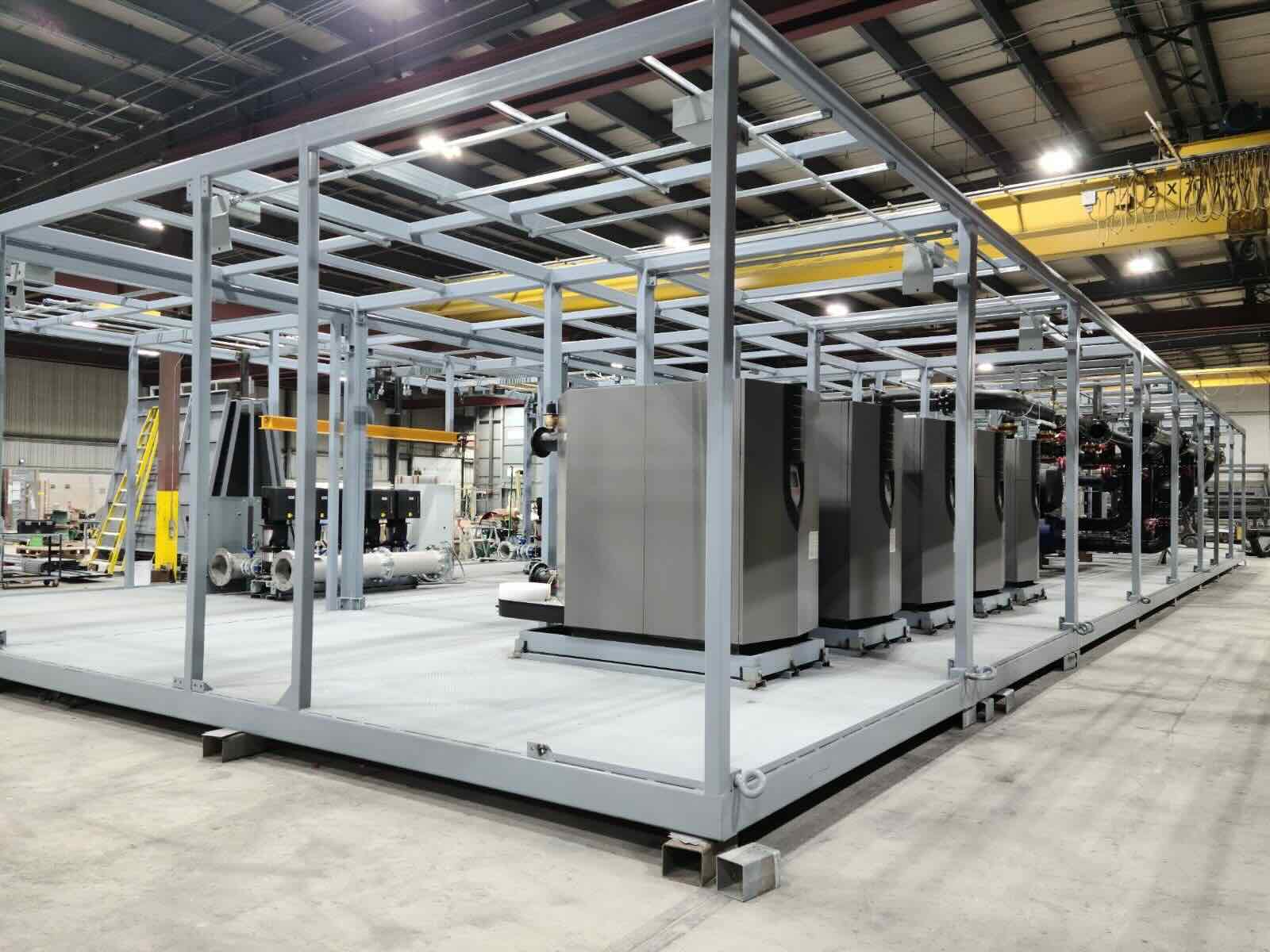
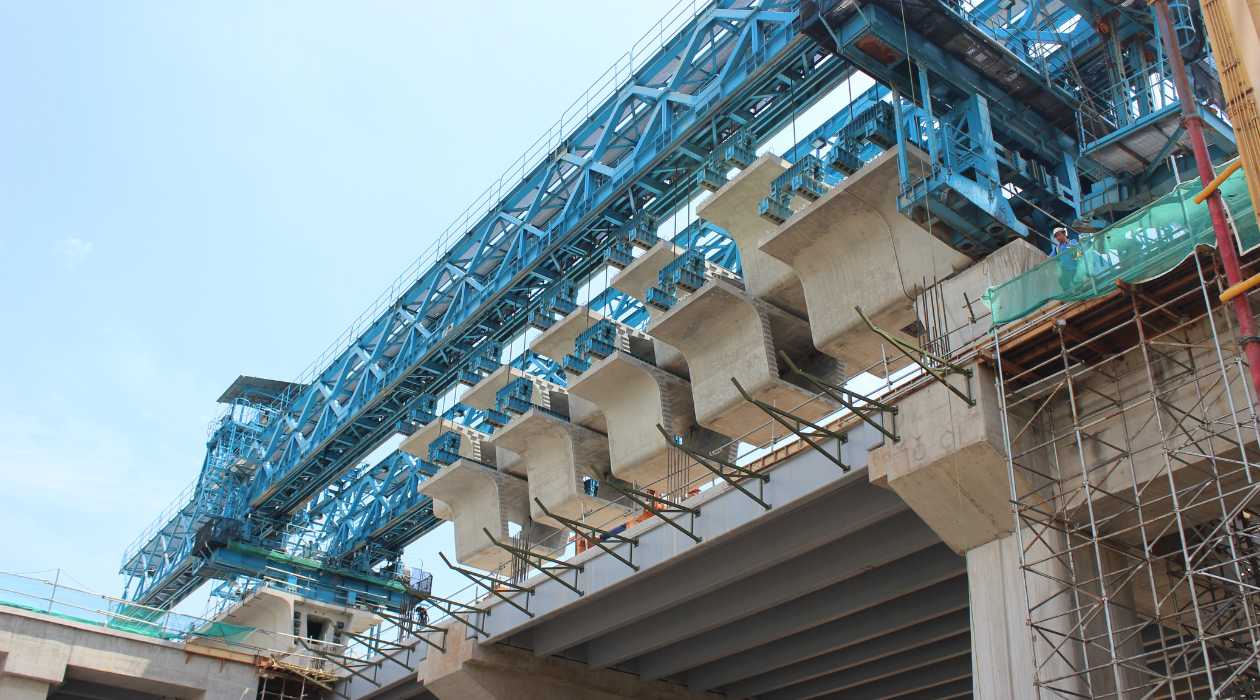

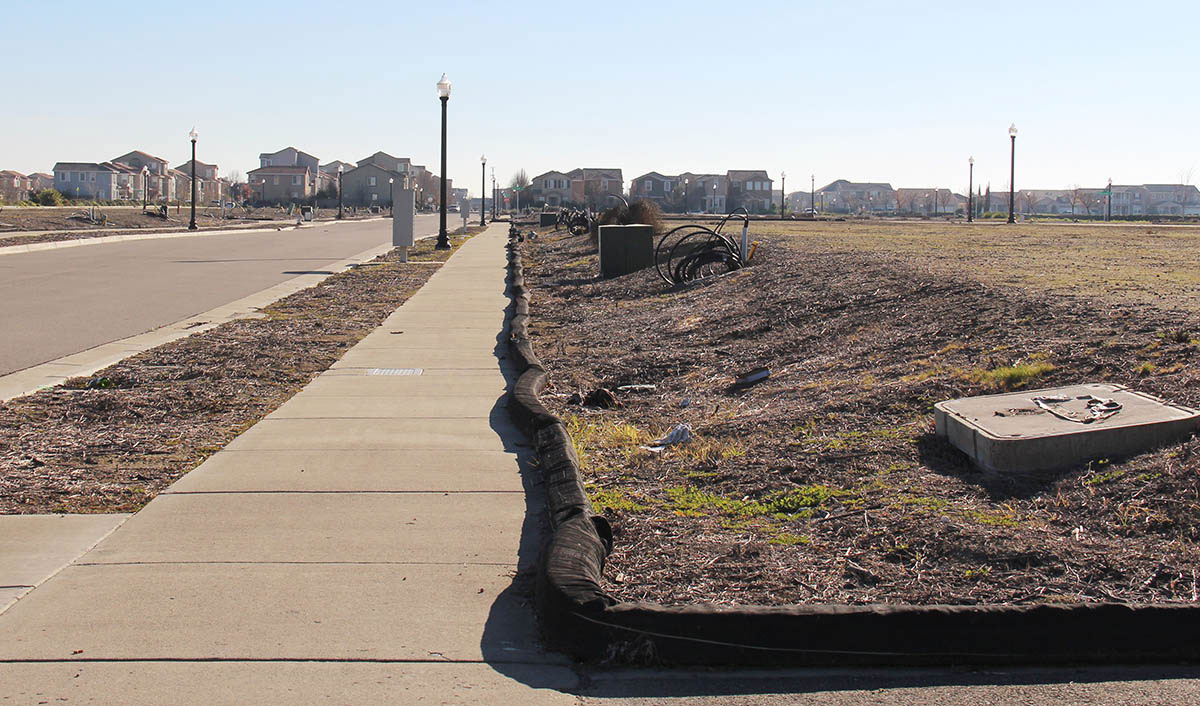


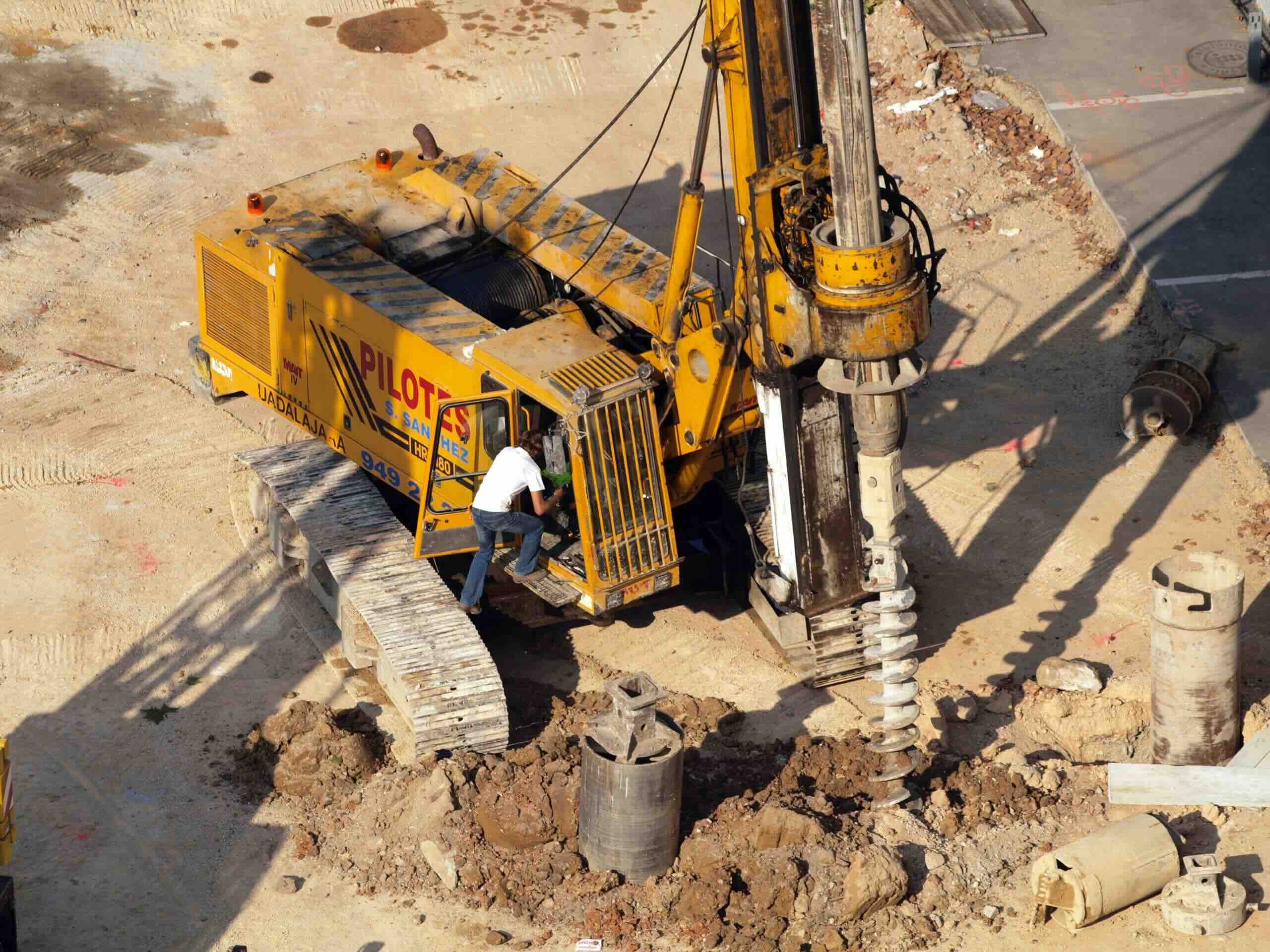
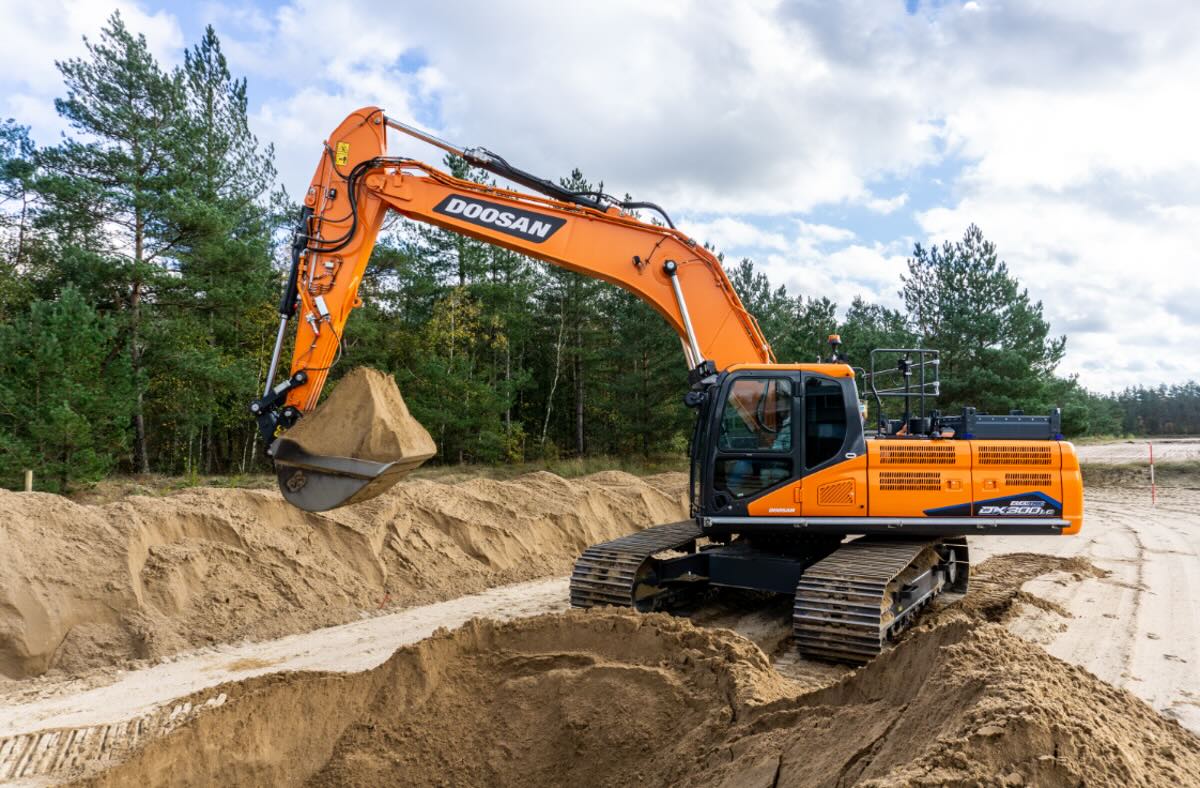
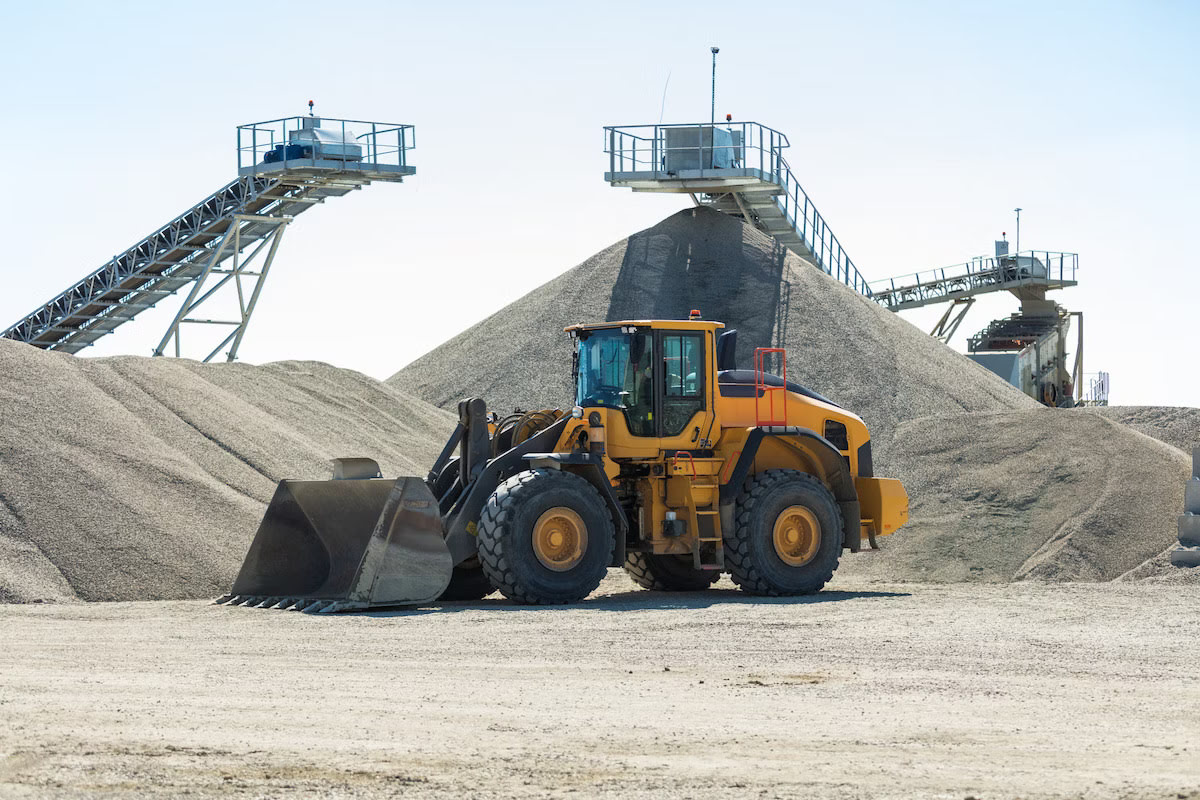
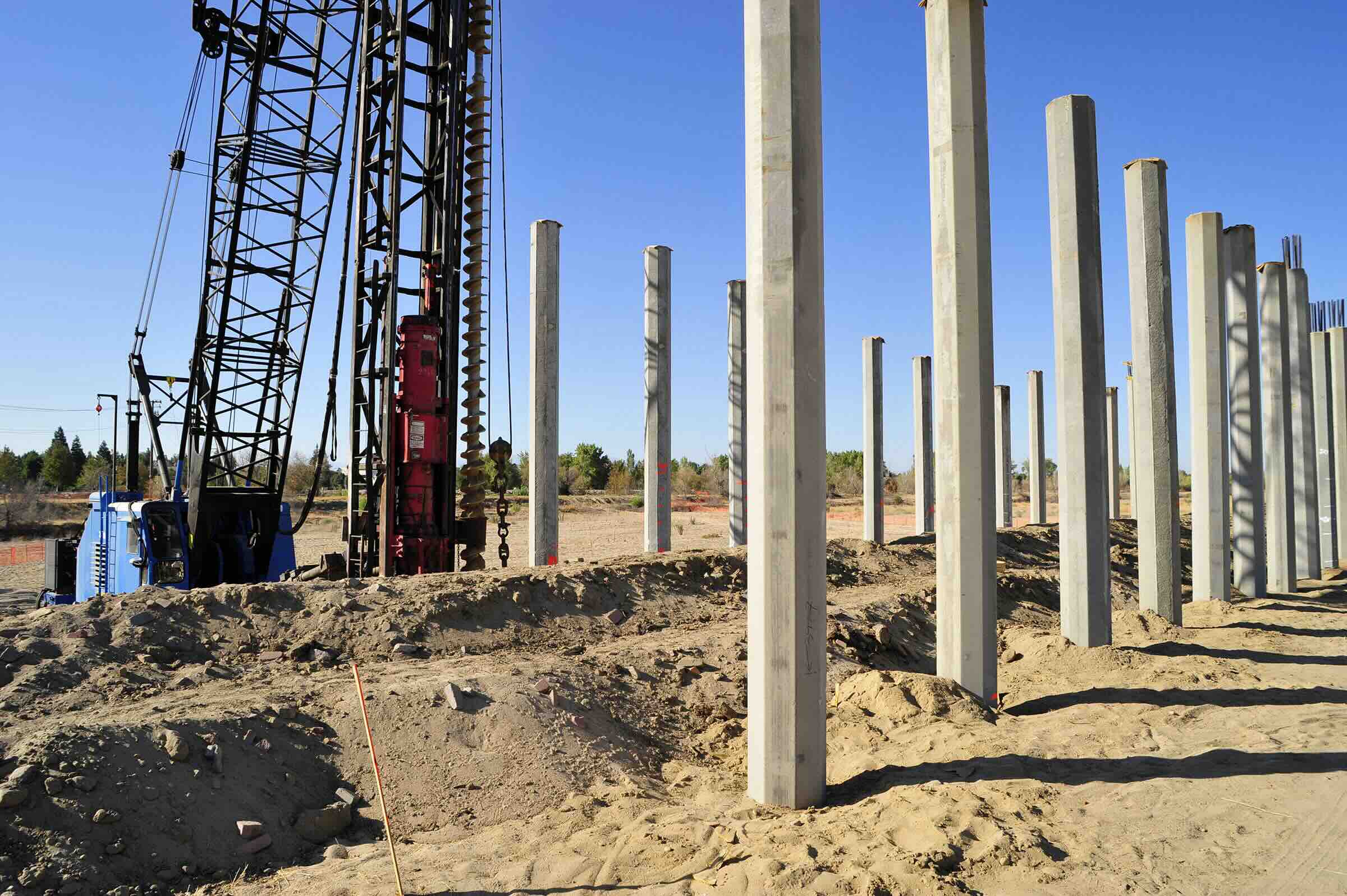
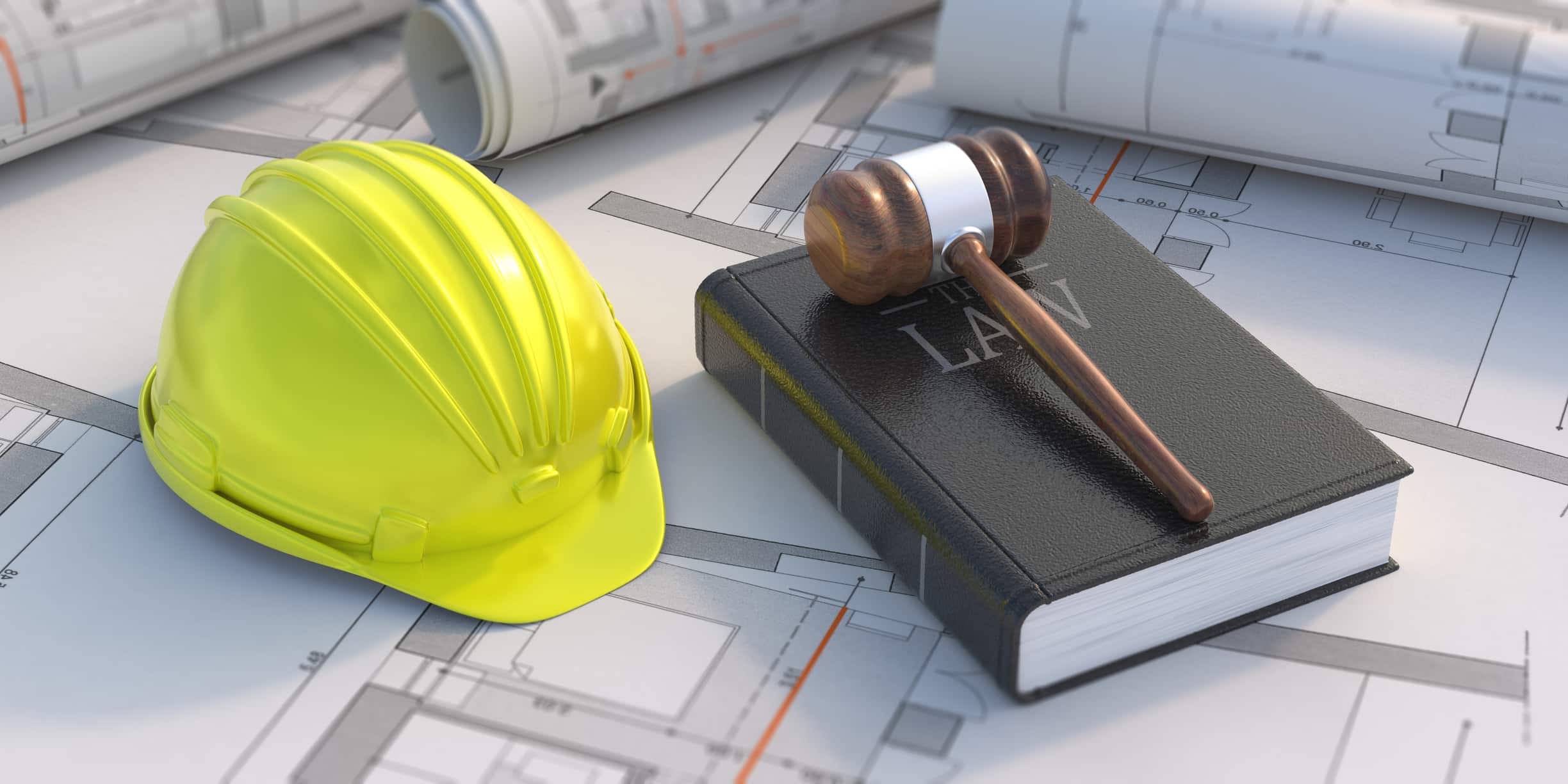
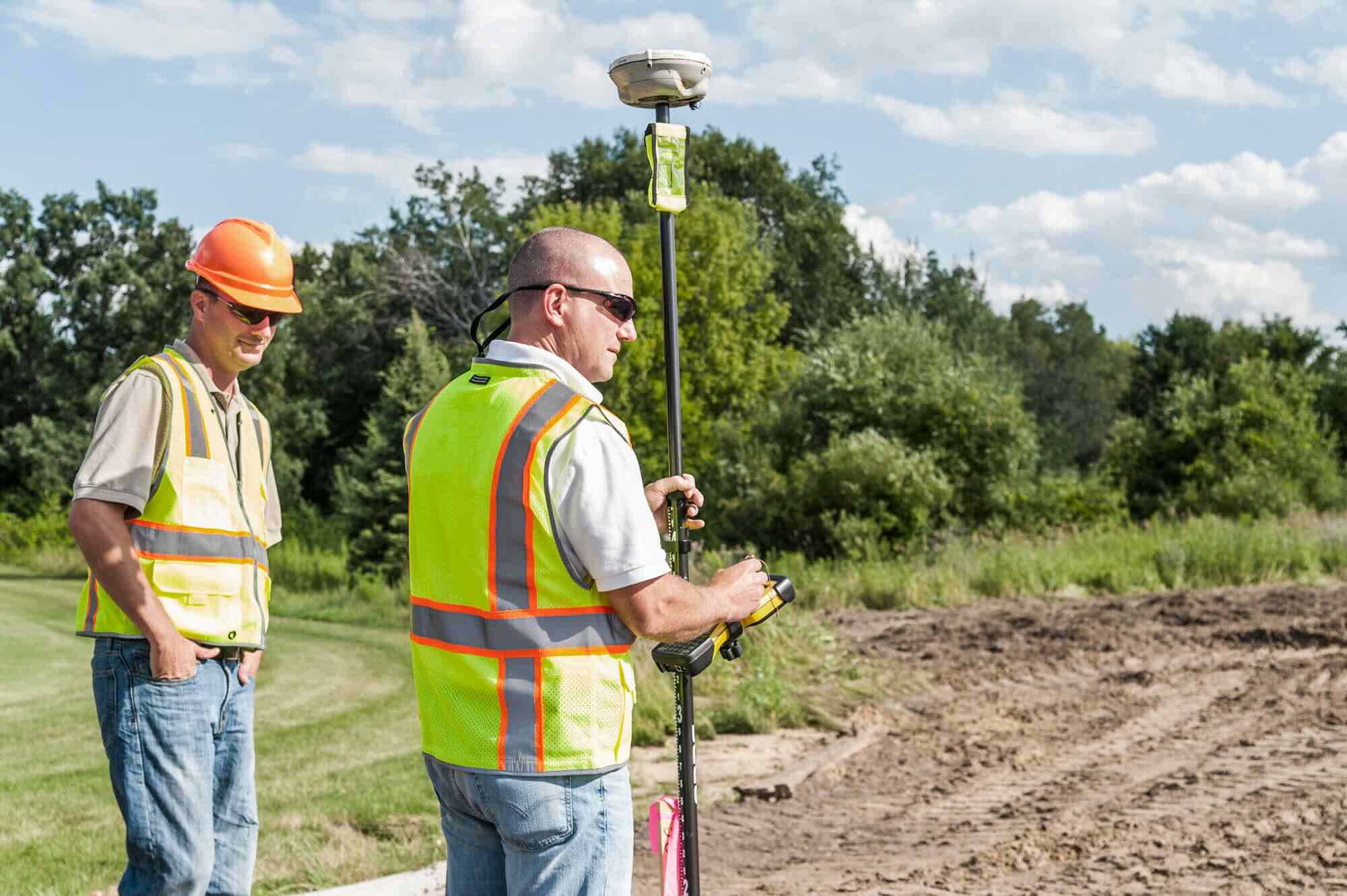

0 thoughts on “What Is A Construction Defect”